How to Export ChatGPT Conversation
Key Takeaways
To export your ChatGPT history data:
- Go to your browser and sign into your ChatGPT account.
- Click on the three horizontal dots in the bottom left and then click on ‘Settings’ (bottom left corner).
- Click on ‘Data controls' and click on ‘Export’.
- Click on ‘Confirm export.’
You’ll receive an email as a link with a downloadable file. Click on ‘Download data export’ to get your data.
You probably don’t need another introduction and explanation of what ChatGPT is and what it can do for you. You have been using it since it was launched, and now, you want to keep a record of your execution history and data.
Luckily, all that data is exportable, and you can easily download it.
As of April 11, 2023, ChatGPT allows users to export their data for those who use it for free and those who have a paid subscription.
This article can teach you how to export your ChatGPT conversations, so keep scrolling if interested to learn how to do it.
Bonus read: How to delete your ChatGPT account?
How to save and export your ChatGPT conversations
- Go to your browser and sign into your ChatGPT account.
- Click on the three horizontal dots in the bottom left and then click on ‘Settings’ (bottom left corner).
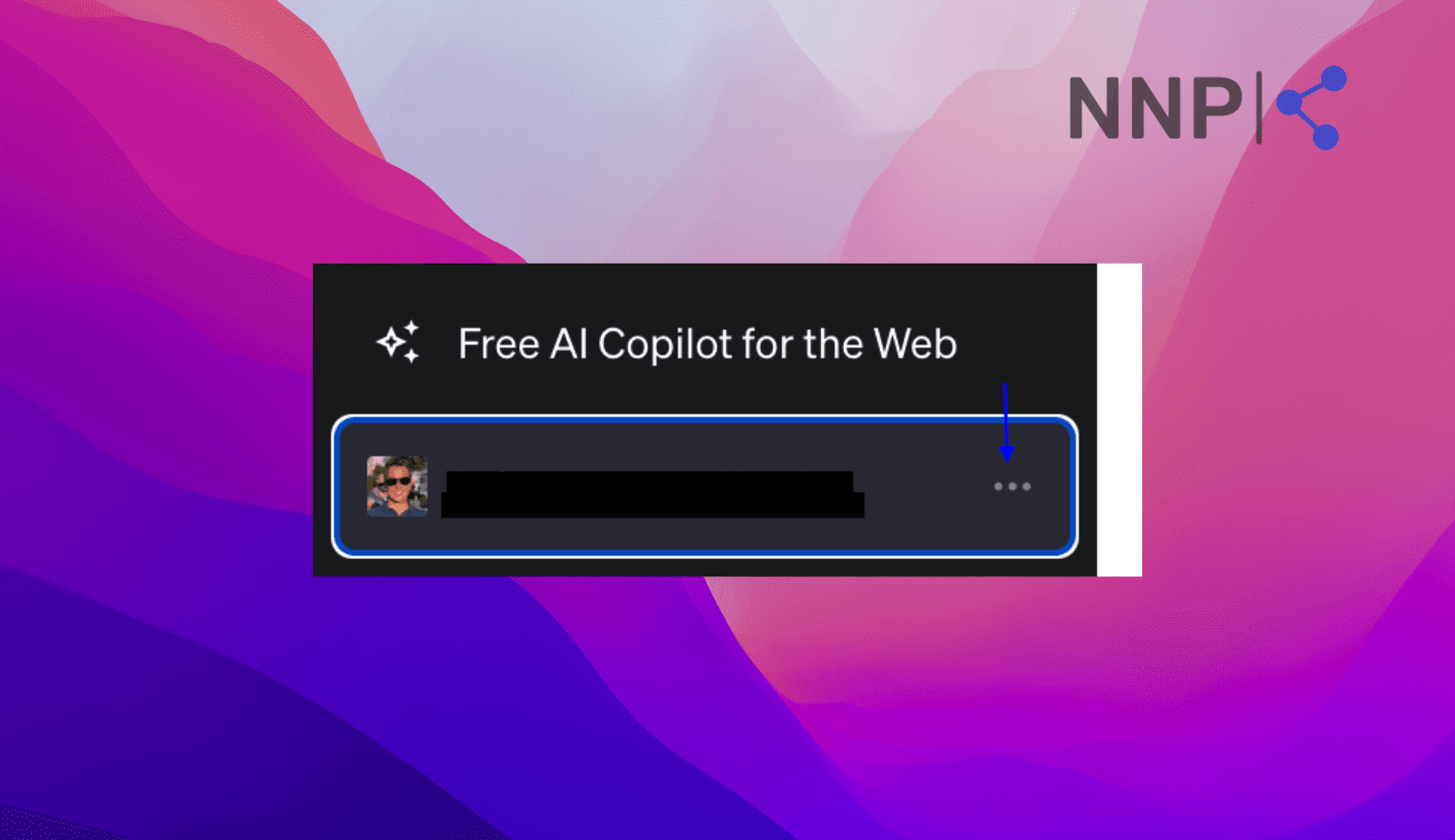
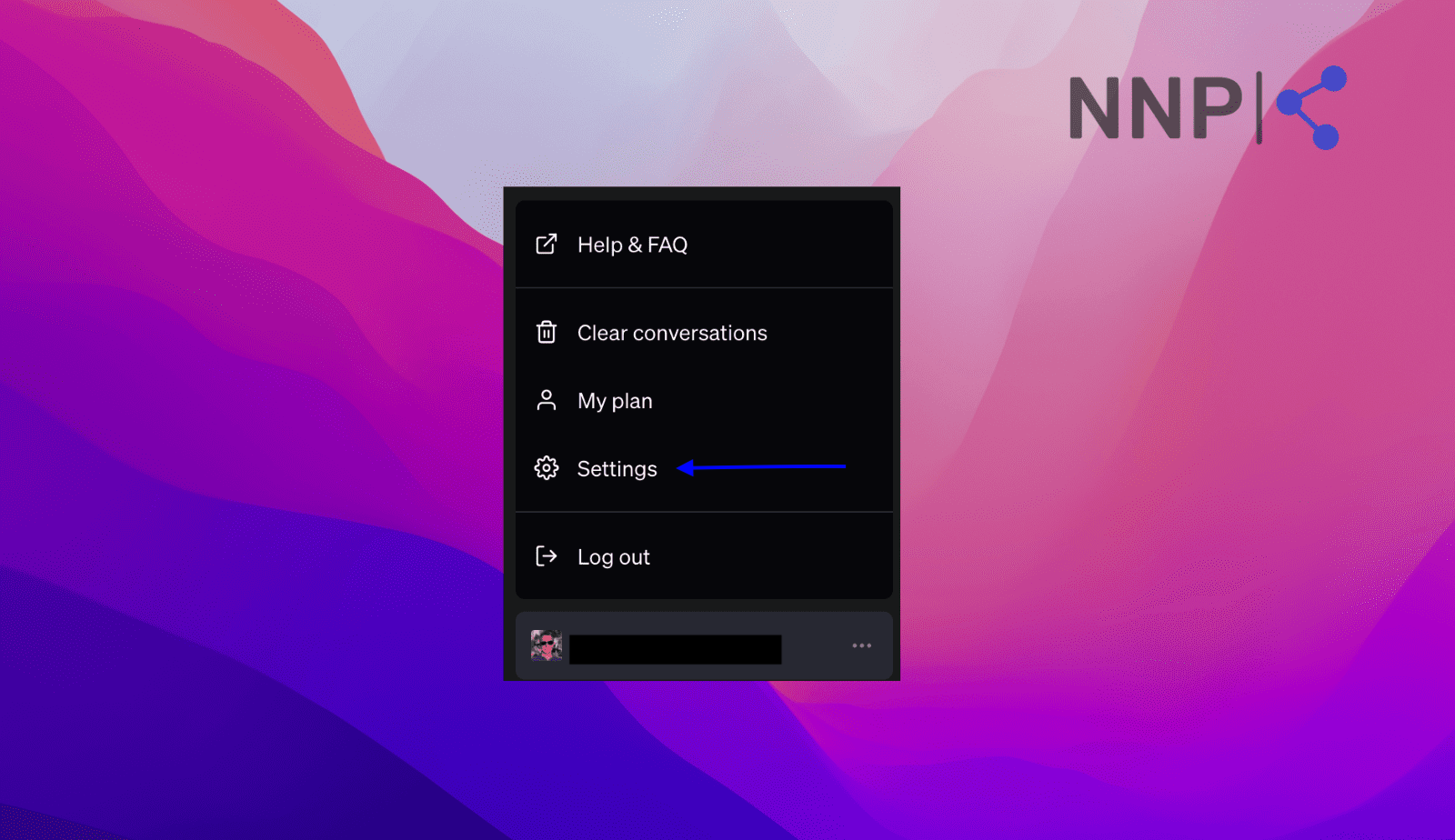
- Click on ‘Data controls.’
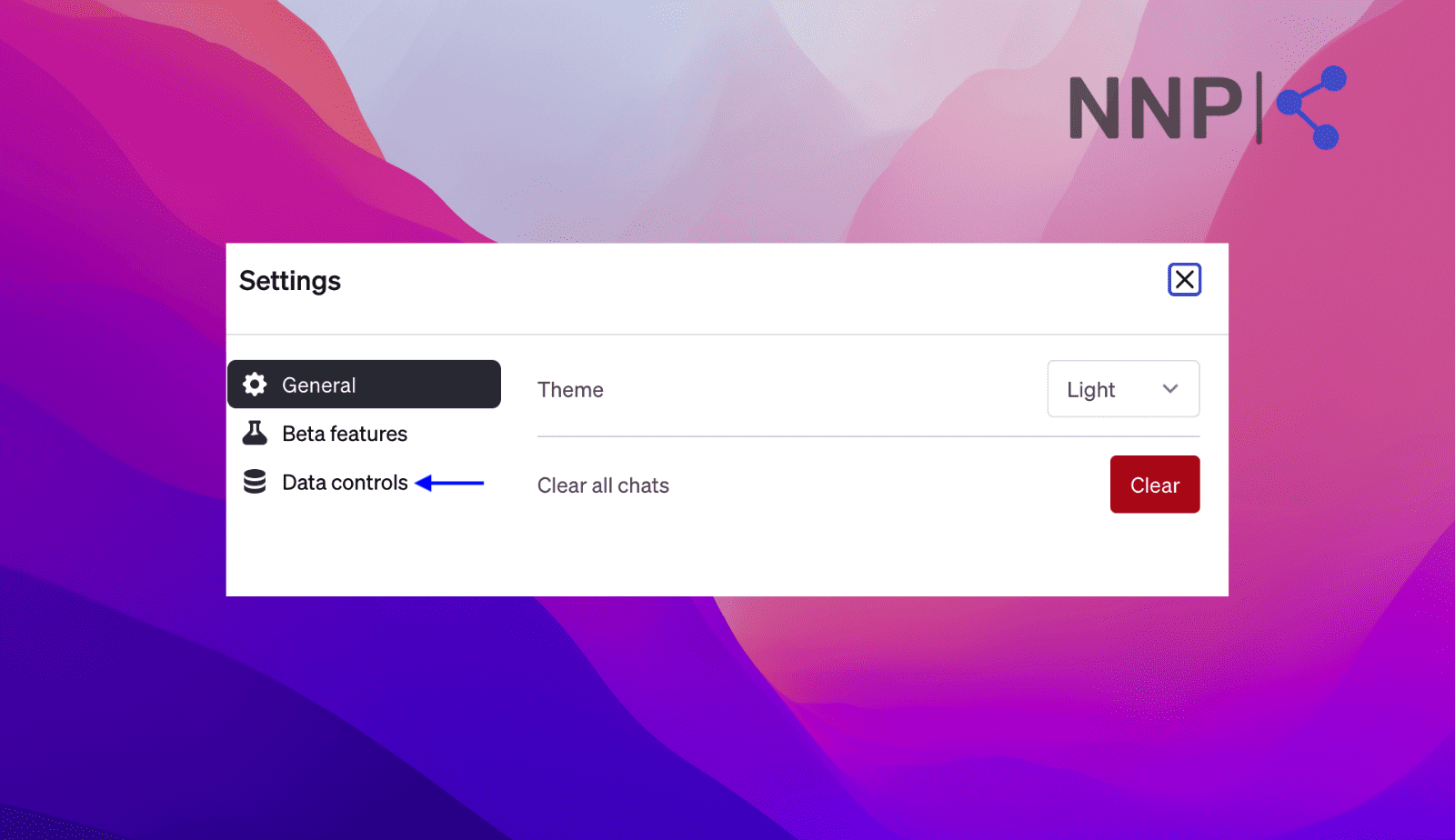
- Next to Export data, click on ‘Export’.
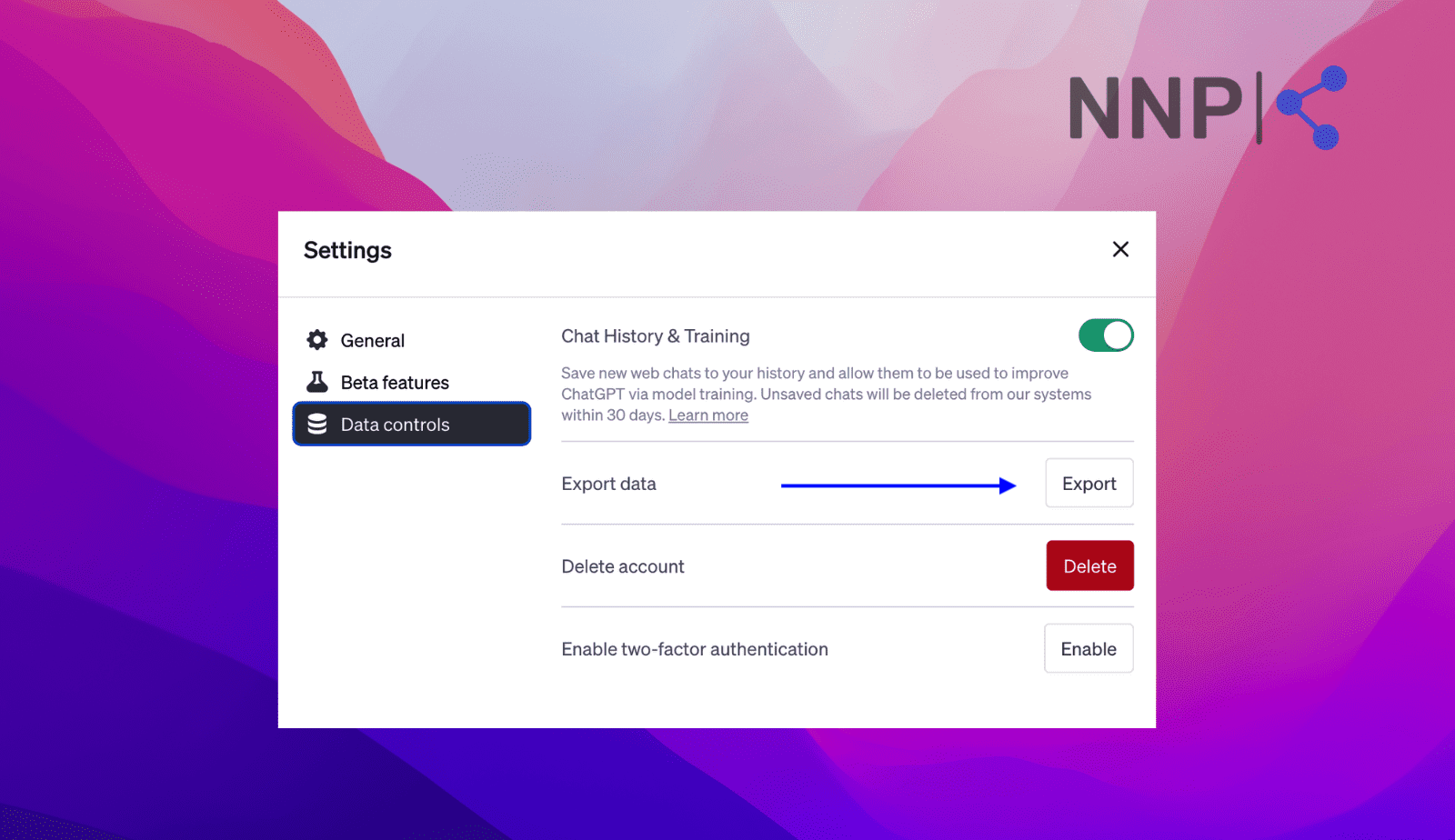
- Click on ‘Confirm export.’’
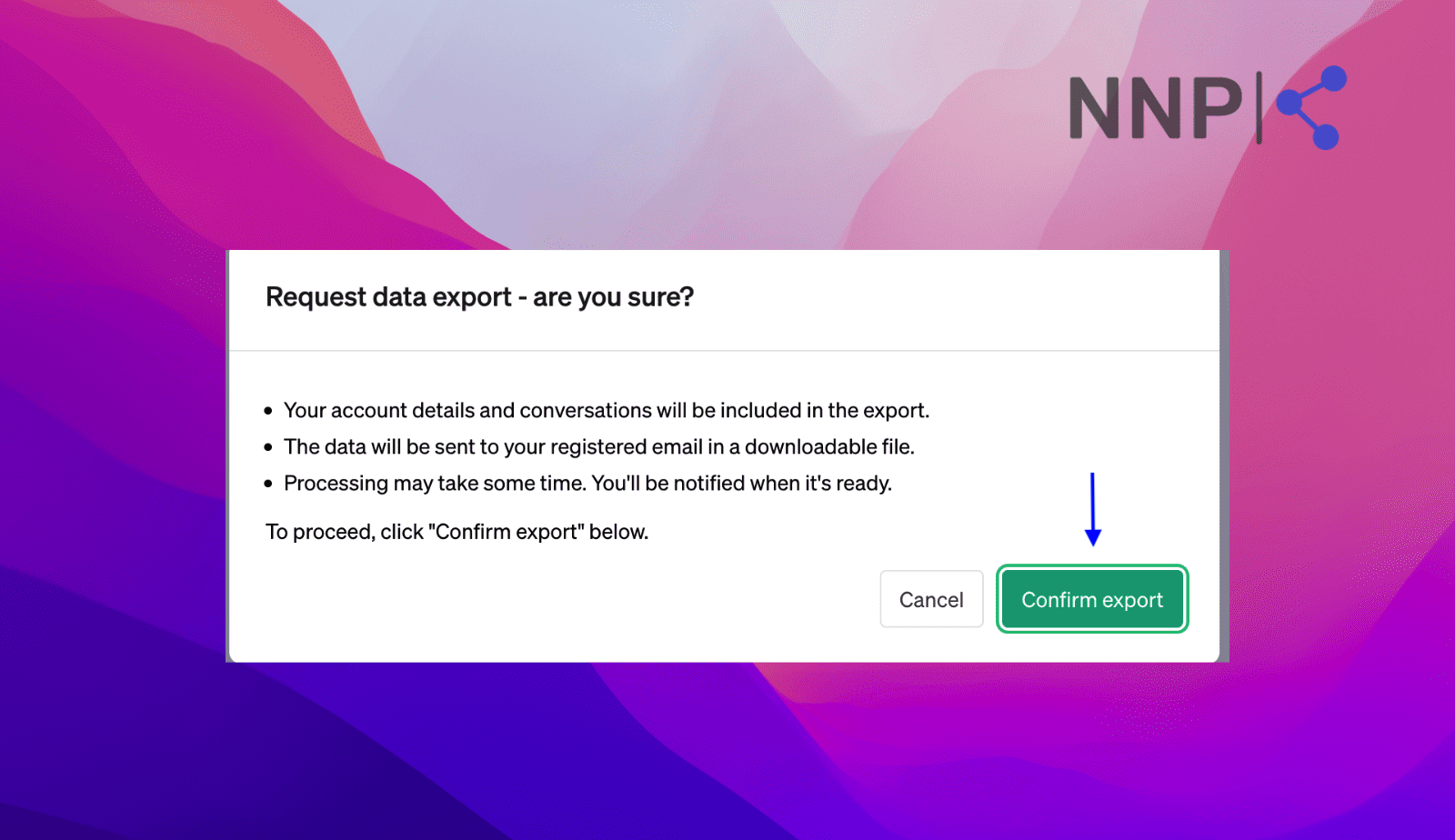
And that is it. You will receive an email with the data as requested. It may take some time to process, but you will surely get it.
The email you’ll receive will contain your account details and conversations, and it will be sent to your registered email in a downloadable file. You should click ‘Download data export,’ which will be downloaded as a zip file.
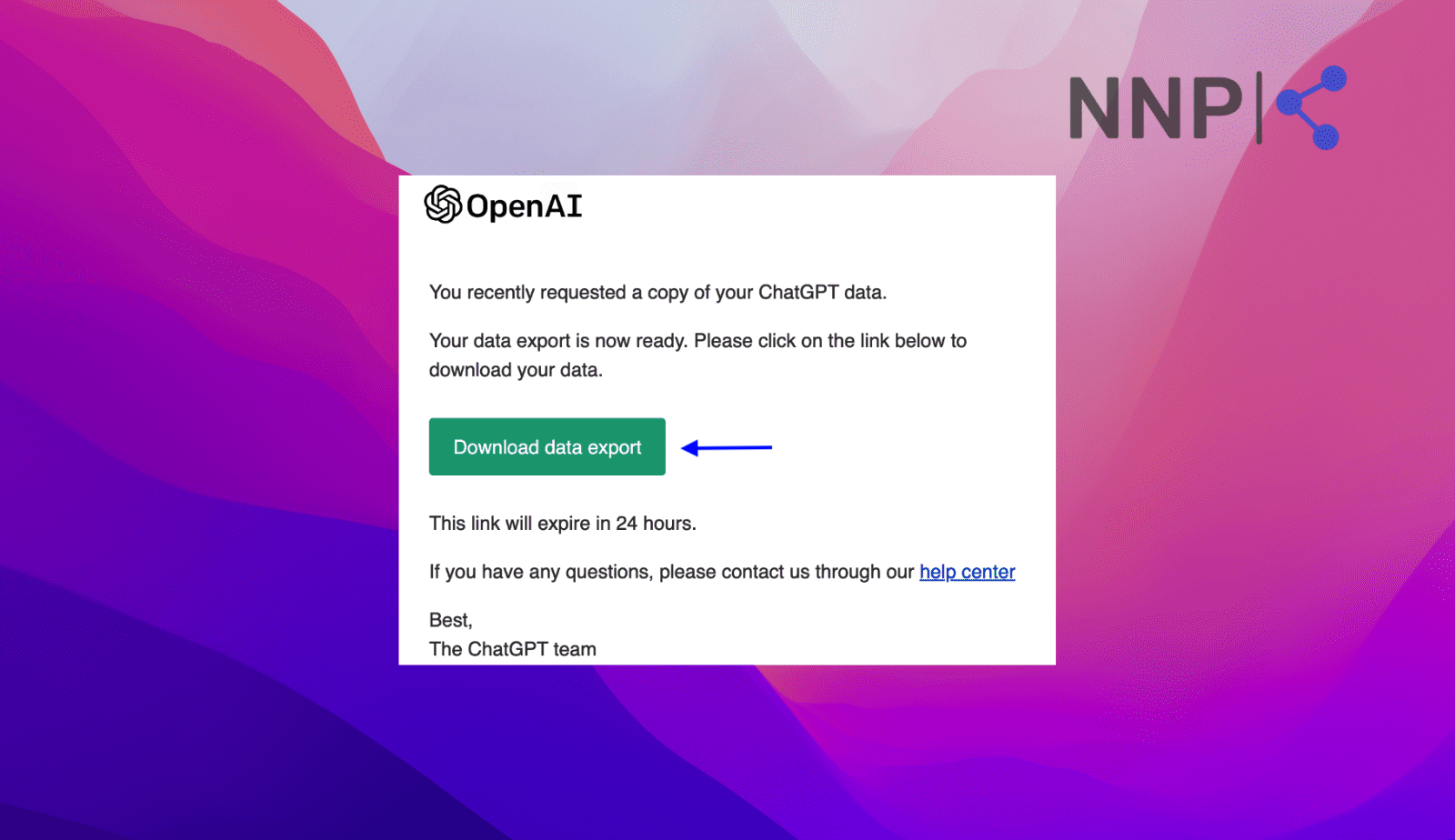
Important Note: The link with the downloadable file you’ll receive in the email will expire after 24 hours.
Another bonus read: Can ChatGPT pick your makeup look? Let's see...
Can I share ChatGPT conversations?
Regrettably, ChatGPT currently lacks built-in sharing capabilities. To share your conversations, you must use the traditional method of manually highlighting the text with your cursor and copying it (Ctrl+C on Windows, Linux, and Chromebook, Command+C on a Mac).
Once you have copied your response, you can paste it wherever you desire, such as a new note, an email body, or an instant message conversation.
So far, there is no option for collaborative ChatGPT conversations, so you cannot invite others to join a thread or share your conversation history in that manner.
❤️ Also read: How to use ChatGPT for Tinder Chat-Up lines (It Works)
Apps and extensions to export and share your ChatGPT history
- ShareGPT
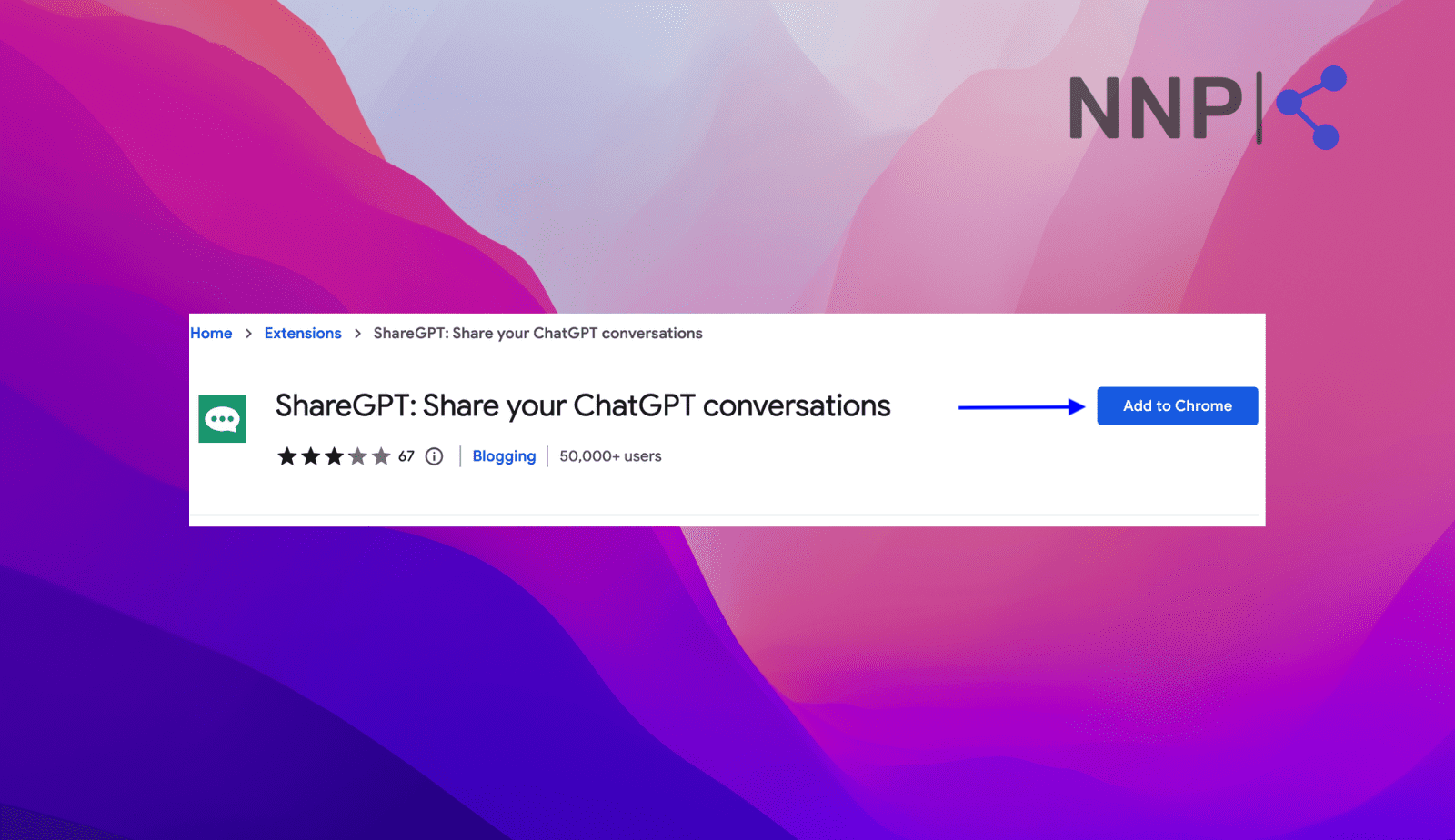
- Export ChatGPT conversation
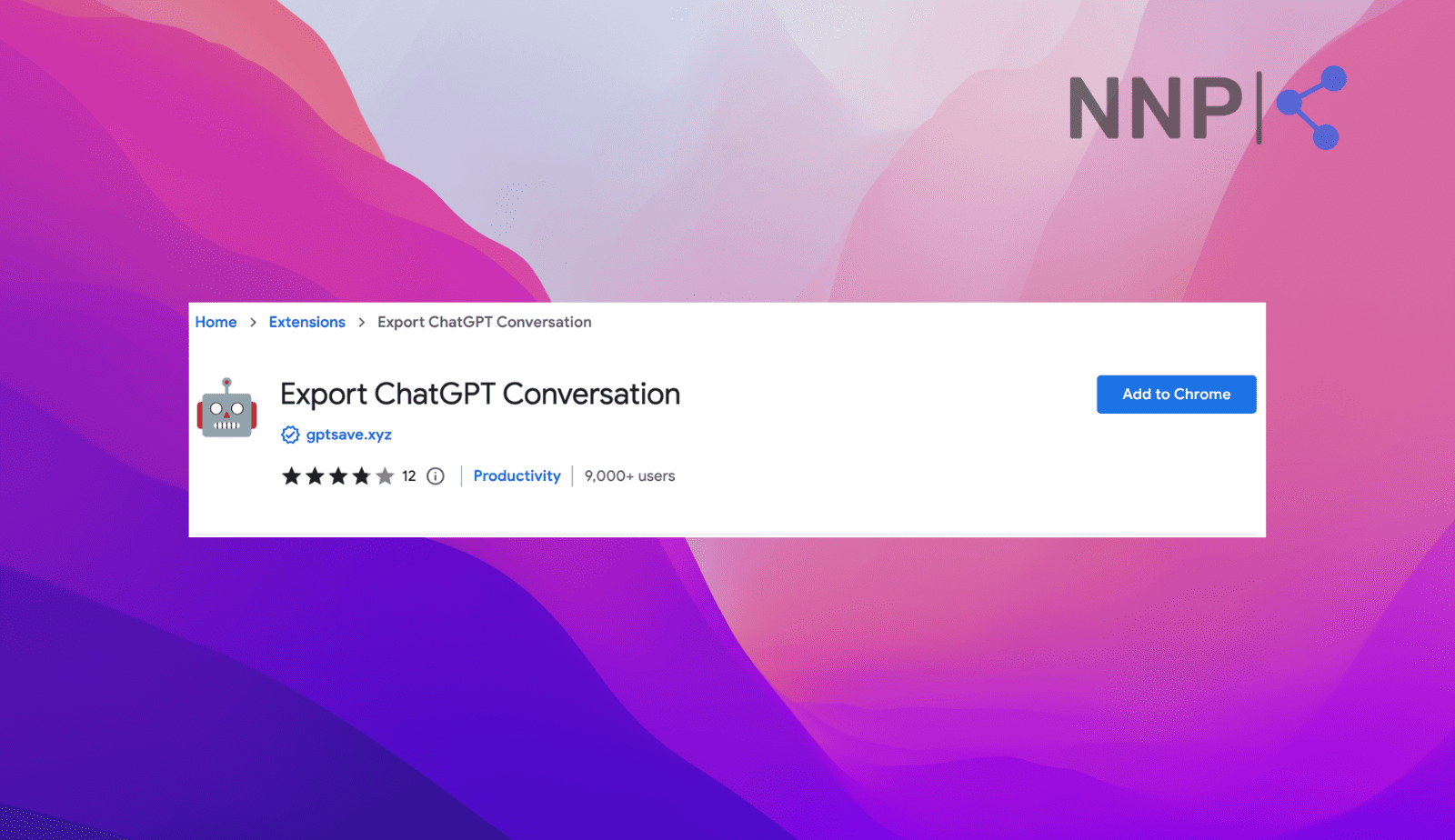
- ChatGPT Prompt Genious
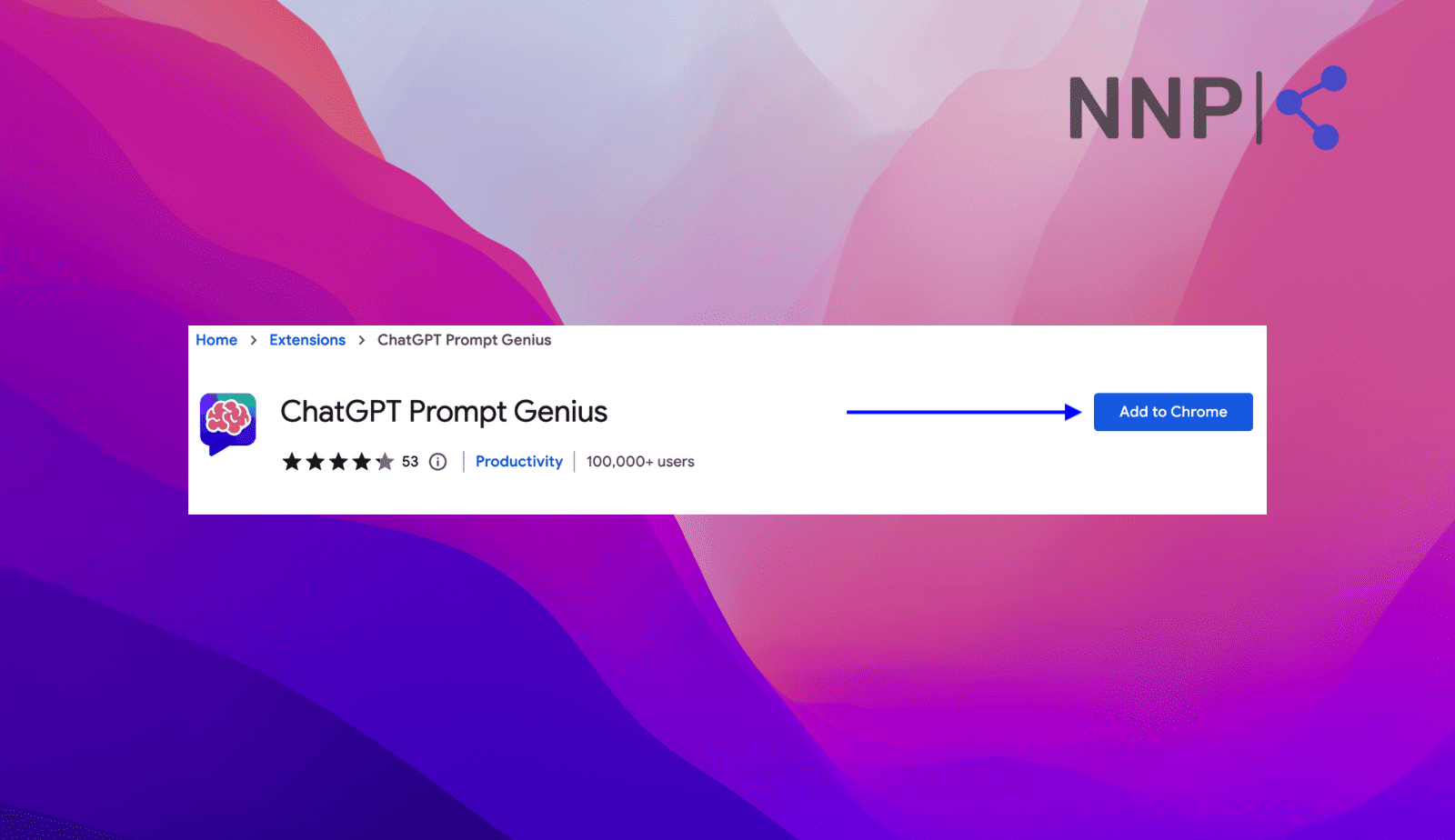
Conclusion
If I helped you export your ChatGPT conversation data, I would be glad, and my work here is done. As you can see from the steps above, the way to do it is straightforward.
The thing to be aware of is that once the link with your data is sent to your email to download, it will expire in 24 hours if you don’t download it, and you’ll need to send a new request for that.
Also, it's good to know that besides ChatGPT allowing you to save and export your history data on the platform, you can do it via some apps and extensions.
FAQs
-
How do I save a ChatGPT thread as a PDF?
-
You can download ChatGPT conversations as a PDF with the Save GPT extension. Once you’ve added the extension, click the Save ChatGPT extension in the toolbar, choose your preferred file format (PDF), and save the conversation to your desired location. You can also copy the text to your clipboard.
-
How do you share a chatbot conversation?
-
To share a ChatGPT conversation, you must copy and paste the responses manually. You can do it to transfer them to email, a shared document, or another medium.

